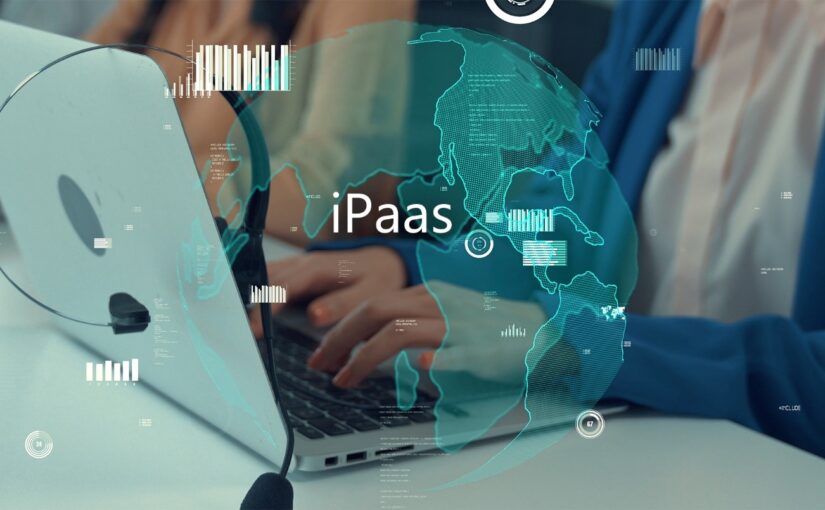People often wonder if there is any difference between Data Governance and Data Management. Well, the answer is yes. However, they are related.
Data governance is the definition of organizational structures, data owners, policies, regulations, processes, business terminology, and measurements for the end-to-end lifespan of data (collection, use, storage, protection, deletion, and archiving).
The technical implementation of data governance is data management.
Data Governance Solutions are little more than documentation if they aren’t put into action. Enterprise data management allows processes and policies to be executed and enforced.
Simply put, data governance solutions help develop policies and procedures surrounding data, whereas data management solutions implement those policies and procedures to assemble and use the data for decision-making. To better grasp how these notions work together in practice, it’s helpful to first understand what each of them is.
What is Data Governance?
Let’s look at some aspects of data governance, shall we?
People
People are essential to data governance because they are the ones who generate and manage the data, as well as the ones who gain from well-governed data. Subject matter experts in the business, for example, can identify the organization’s standardized business terms as well as the levels and types of quality standards required for various business processes.
Data stewards are in charge of resolving concerns with data quality. IT professionals take care of the architecture and management of databases, applications, and business processes. Data privacy and security are the responsibility of legal and security personnel. And cross-functional leaders, who make up the governance board or council are in charge of settling conflicts among various functions inside an organization.
Rules and Policies
If policies specify what should be done, rules specify how it should be done. Policies and regulations are used across processes and procedures by organizations; popular categories include consent, quality, retention, and security. You might, for example, have a policy that stipulates that consent for processing must be sought before personal data can be used. When personal data is acquired, one rule might outline the consent alternatives that users must choose (such as billing, marketing, and third-party sharing). Another rule can state that prior to providing a promotional offer to a customer, marketing consent must be confirmed.
Metrics
What is measured will be managed. The number of duplicate records in an application, the correctness and completeness of data, and how many personal data pieces are encrypted or masked are all common technical metrics. While these metrics aid in data technical management, leading businesses are also attempting to define how these technical metrics affect business outcome measurements.
For instance, Days Sales Outstanding (DSO) is a typical business indicator used by financial analysts and lenders to assess a company’s financial health. When client address data is inadequate or faulty, the billing cycle time and, as a result, the DSO will increase. Analysts and lenders may view a higher DSO than the industry average as an indication of risk, downgrading the company’s outlook or raising the cost of financing.
What is Data Management?
Let us now dig into some tools and techniques for data management.
Cleansing and Standardization
Data quality policies can be implemented and enforced with the help of cleansing and standardization. Profiling allows you to compare the data’s validity, correctness, and completeness to the data quality parameters you set. You may then rectify issues like invalid values, misspelled words, and missing values. To enforce data quality at the point of entry, you can also incorporate cleansing rules into data entry processes.
Profiling also aids in the identification of similarities, differences, and links between data sources so that duplicate records may be removed and consistency can be enforced across all sources.
External data, such as DUNS numbers, demographics, and geographic data, can be used to enrich internal data. Many firms also establish a centralized hub to assist in maintaining master data semantic consistency across data sources.
Masking and Encryption
Masking and encryption assist you in enforcing and implementing privacy and protection policies. Tools and techniques for data discovery and classification assist you in identifying sensitive and personal data and categorizing it as requiring protection based on internal requirements and external regulations such as the General Data Protection Regulation (GDPR), the California Consumer Privacy Act (CCPA), and the General Data Protection Law of Brazil (LGPD). These tags can then be utilized to implement suitable security measures. Some users may be authorized to access raw data, while others may require the data to be dynamically masked upon query, depending on classification and access regulations.
Internally and externally, data flow modeling can help you understand how data is acquired, processed, stored, and distributed. Based on classification and privacy policies, you can then decide on relevant protection mechanisms. Data masking, for example, maybe sufficient for access within your firewall, but data must be encrypted before being shared with other parties outside your organization.
Archiving and Deletion
The use of archiving and deletion aids in the implementation and enforcement of retention policies. When data is no longer required for day-to-day operations but is still required to meet regulatory requirements such as tax reporting or long-term storage, it is archived. Data archiving tools also keep track of how long data should be kept, index it for quicker retrieval for uses such as legal discovery, and enacts necessary access and data masking/encryption controls. Data is permanently destroyed after the predefined retention period has expired.
While this may appear simple, balancing the retention needs of industry rules (such as BCBS 239 and CCAR) with the erasing requirements of governmental and regional regulations is a difficult process (like GDPR and CCPA).
While data governance and data management are two separate entities, their goals are the same: to build a solid, trustworthy data foundation that allows your company’s finest employees to do their best job.









